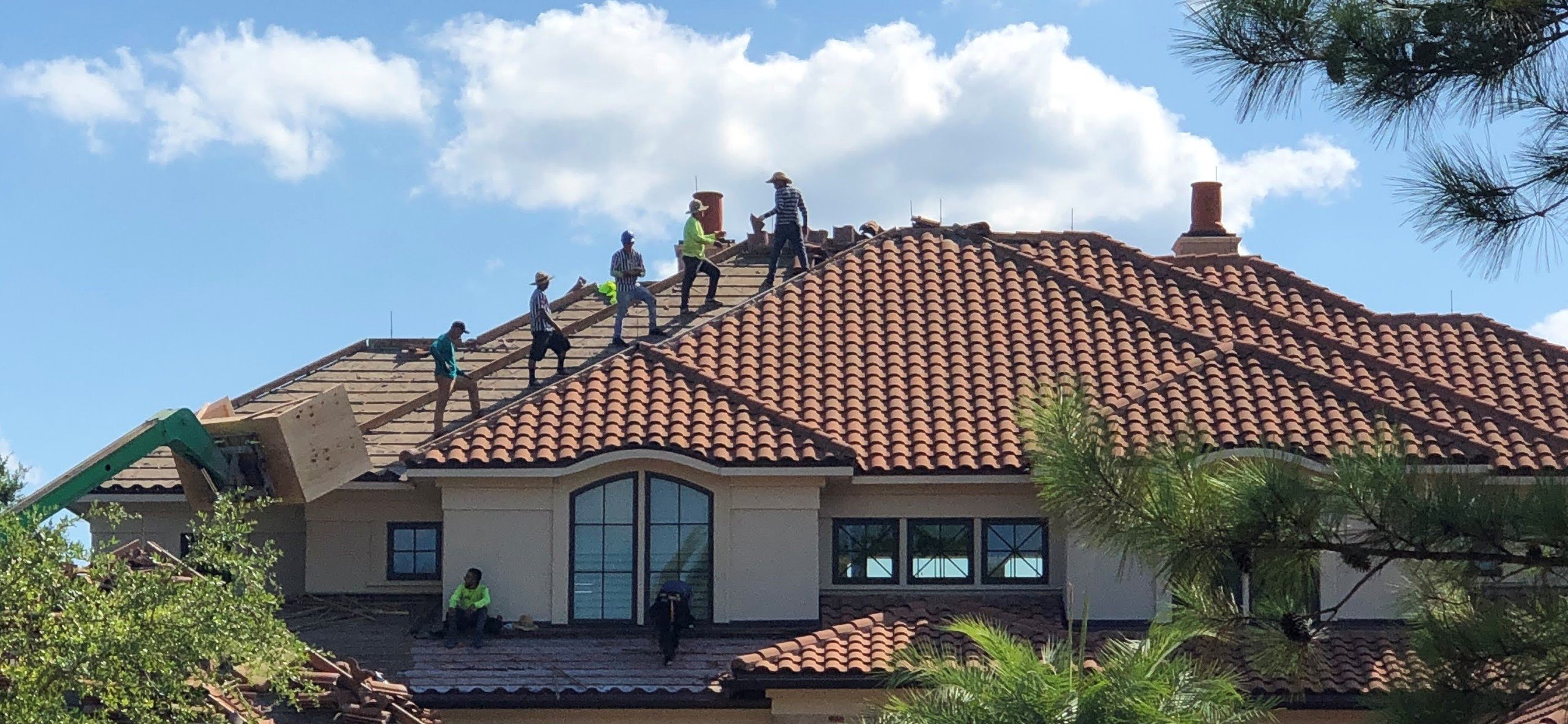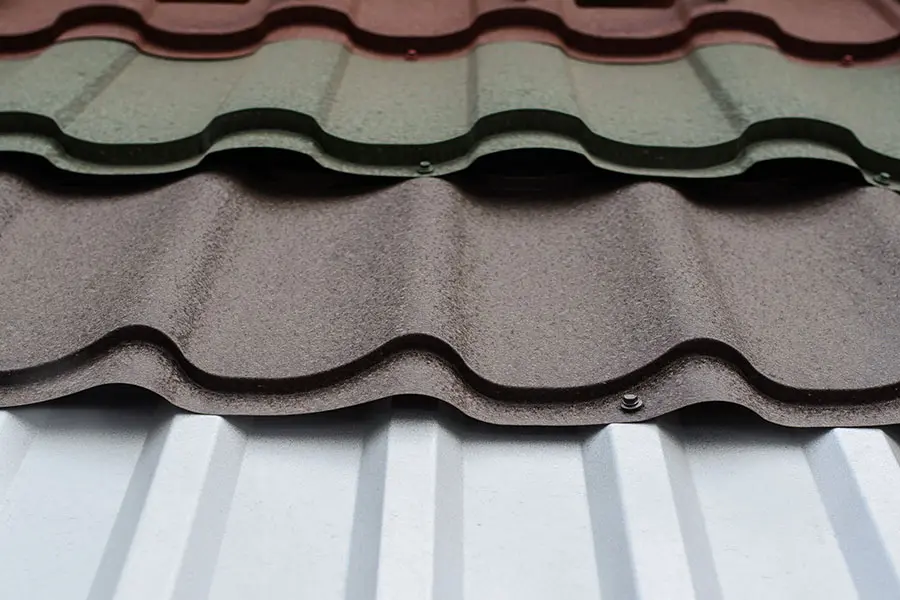A Comprehensive Consider Roofing Companies Gainesville Homeowners Recommend
A Comprehensive Consider Roofing Companies Gainesville Homeowners Recommend
Blog Article
Ideal Practices for Ensuring Correct Roof Air Flow
Ensuring proper roof ventilation is important for the long life and performance of a roof. A balanced intake and exhaust air vent ratio, commonly 1:300, plays a crucial role, with intake vents preferably positioned at the reduced edge of the roofing system for great air entry and exhaust vents at the top for cozy air departure. Normal examinations to identify obstructions and maintain clear air movement are vital. Furthermore, maintaining insulation away from vents is vital to stop airflow restriction. Understanding these foundational aspects sets the phase for even more comprehensive insights right into installation and upkeep methods that can significantly improve your roof's efficiency.
Understand Ventilation Fundamentals
Properly comprehending ventilation essentials is important for making sure the durability and effectiveness of roof. Effective ventilation minimizes wetness accumulation and temperature level extremes in the attic, both of which can lead to considerable architectural damages gradually. A well-ventilated roofing system aids in stopping usual problems such as mold growth, timber rot, and ice dams, which can compromise the integrity of the roofing products and the underlying frameworks.
The primary goal of air flow is to promote the activity of air, enabling a consistent exchange between the outside and indoor atmospheres. This equilibrium is achieved with a combination of intake and exhaust vents that interact to keep ideal air flow. Intake vents, normally located along the eaves or soffits, allow fresh air to go into the attic area, while exhaust vents, frequently located at or near the roofing ridge, enable warm, humid air to get away.
Secret variables affecting the efficiency of roof air flow include proper positioning, ample sizing, and ensuring that both consumption and exhaust vents are unblocked. Regular assessment and maintenance are critical to identify potential obstructions, damage, or ineffectiveness in the ventilation system, therefore safeguarding the roof's efficiency and longevity.
Kinds Of Roof Vents
Roofing system vents play a critical function in preserving efficient attic room air flow and, by expansion, the total health and wellness of the roof system. Different kinds of roof vents are available, each with distinct advantages tailored to particular roof demands.

Soffit vents are set up under the eaves and job in tandem with roof covering vents to make sure a balanced intake and exhaust system. By permitting cooler air to go into from below, soffit vents promote the expulsion of hot air with top vents. Gable vents, situated on the exterior wall surfaces of the attic, offer an additional reliable solution, specifically in homes with saddleback roofs.
Analyze Your Present Ventilation

Following, consider the age and problem of your roof covering products and ventilation elements. Older systems may not abide by current building regulations or might have worn away over time, decreasing their effectiveness. Conduct an extensive examination to determine any kind of indicators of next page deterioration, such as corrosion, damage, or voids that could compromise the system's efficiency.
In addition, gauge the attic temperature and moisture degrees. High temperature levels and humidity can suggest poor ventilation.
Installation Best Practices
Efficient setup of roof covering air flow systems is vital for guaranteeing ideal performance and long life. Proper installment starts with understanding the particular ventilation demands of the roofing system and the building it covers. This entails computing the proper ratio of consumption to exhaust vents, typically adhering to the 1:300 guideline, which specifies one square foot of air flow for every 300 square feet of attic floor room.

The placement of vents is similarly vital. Intake vents need to be set up at the roof covering's reduced side, usually in the soffits, to enable trendy air to enter. Exhaust vents, on the other hand, need to be set up near or at the roof covering's peak to promote the exit of cozy, moist air. This develops an all-natural airflow that aids maintain temperature and dampness equilibrium within the attic room space.
Seal all air vent connections diligently to stop air leaks and possible water seepage. Usage high-quality materials and follow manufacturer guidelines to make sure durability and performance. Furthermore, integrating ridge vents with baffles can significantly improve air flow effectiveness by protecting against wind-driven rainfall and snow from entering the attic.
Eventually, accurate setup of roofing ventilation systems alleviates possible problems such as mold development, ice dams, and architectural damages, making sure the roof's stability and the building's general wellness.
Regular Maintenance Tips
Consistency in upkeep techniques is essential to guaranteeing the lasting effectiveness of roof ventilation systems. Regular examinations are essential, preferably executed biannually-- in the spring and fall. Throughout these inspections, guarantee that vents are cost-free of particles, nests, and various other obstructions that could moved here restrain airflow. Look for any indications of moisture buildup or mold and mildew, as these can show improper air flow or leakages (roofing companies in gainesville florida).
Cleaning up the vents is one more vital task. Use a soft brush or a vacuum to remove dust and particles from consumption and exhaust vents. Be cautious not to damage the vent displays or louvers during the procedure. Additionally, inspect the attic area for any type of indications of water damages, which might compromise the honesty of the roof covering system.
Correct insulation is equally vital. Make certain that attic insulation does not block the vents, as this can significantly limit air movement. Reposition or change it to preserve a reliable barrier. if any type of insulation has actually shifted or worked out.
Finally, change any type of harmed or missing out on elements immediately. Broken vents, cracked tiles, or deteriorated flashing can all add to poor ventilation and should be addressed without delay. Routine maintenance ensures that the roof air flow system operates optimally, consequently prolonging the life-span of the roof covering itself.
Conclusion
Making certain appropriate roof covering ventilation is critical for maintaining the performance and longevity of a roof. Adherence to the 1:300 intake and exhaust air vent proportion, coupled with the calculated positioning of vents, is visit their website essential. Normal biannual inspections, debris cleaning, and ensuring insulation does not obstruct air flow are critical practices. Implementing these best practices will certainly cultivate a well-ventilated roof, therefore alleviating prospective concerns connected to moisture buildup and too much heat, eventually extending the roofing system's life expectancy.
A well balanced consumption and exhaust air vent ratio, frequently 1:300, plays a crucial duty, with consumption vents preferably put at the lower edge of the roofing system for cool air entry and exhaust vents at the top for warm air leave. Intake vents, normally located along the eaves or soffits, enable fresh air to enter the attic area, while exhaust vents, commonly positioned at or near the roof ridge, allow warm, moist air to leave.
Soffit vents are mounted under the eaves and job in tandem with roofing vents to make sure a well balanced consumption and exhaust system. By permitting cooler air to get in from below, soffit vents assist in the expulsion of hot air through top vents. Adherence to the 1:300 intake and exhaust air vent ratio, paired with the calculated placement of vents, is necessary.
Report this page